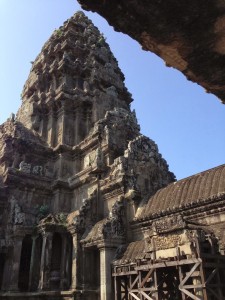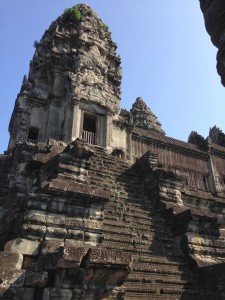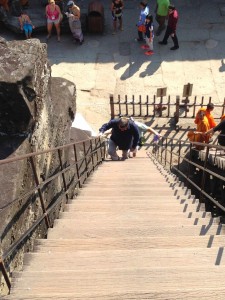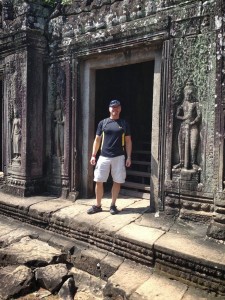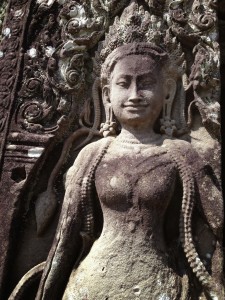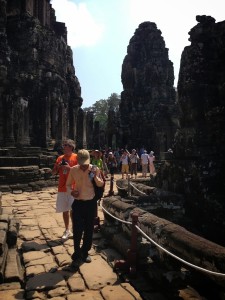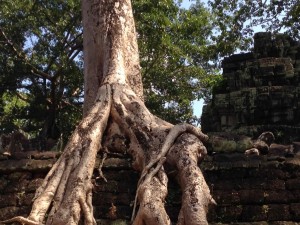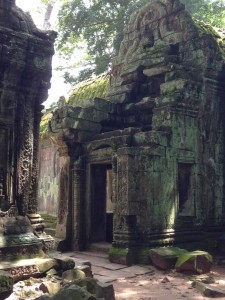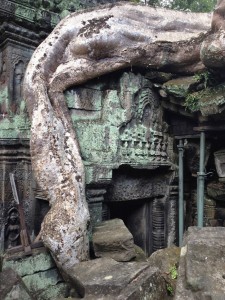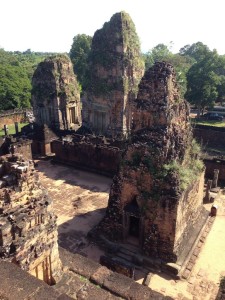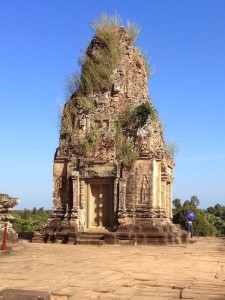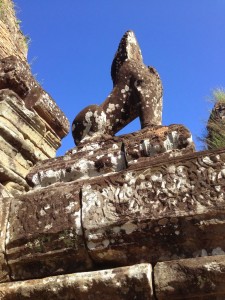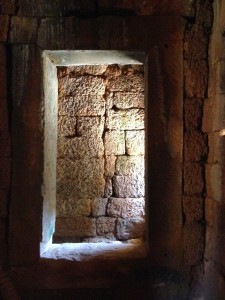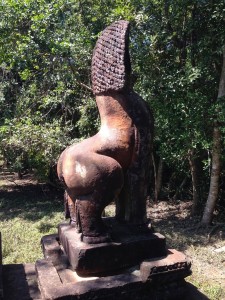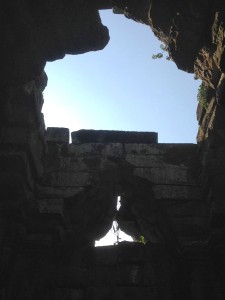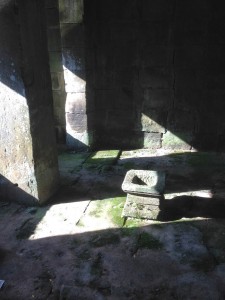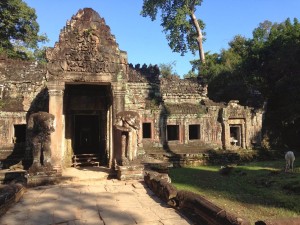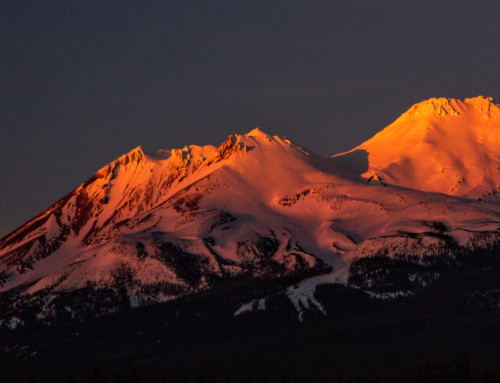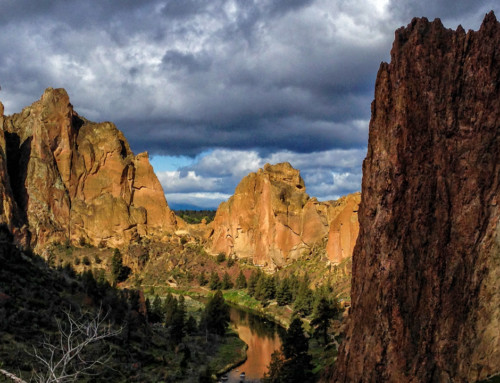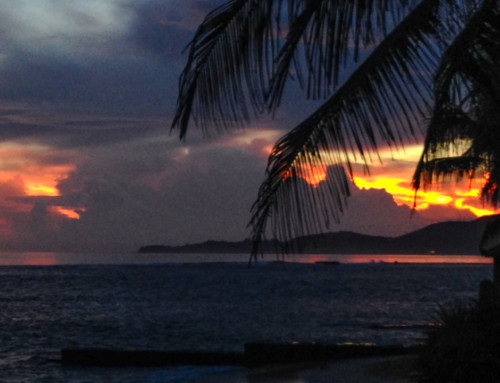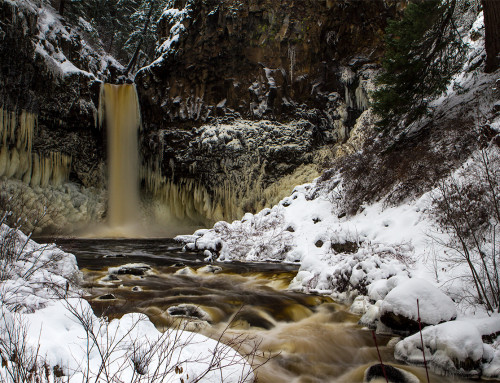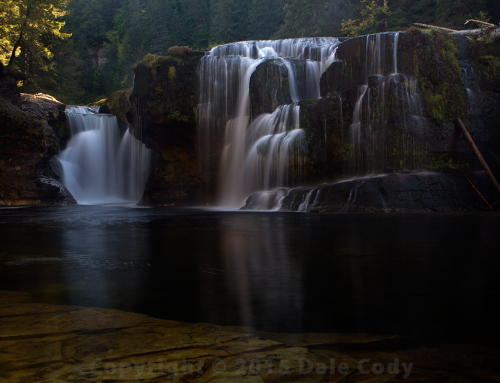The Ruins of Angkor Wat in Cambodia
Angkor Wat is located just outside Siem Reap in Cambodia and it is just incredible. Not only does it span a vast area, but the number and variety of temples and ruins are amazing. Never completely abandoned, they were still largely lost since the 16th Century and “rediscovered” in the mid 19th century when it was brought to wider attention across the western world. By that time of course, the jungle had reclaimed a very large part of it all.
Angkor Wat means Temple City in modern terminology. It was begun in the first half of the 12th century during the reign of Suryavarman II who ruled 1113 – c. 1150 and dedicated as a Hindu complex. In later centuries, it changed from from Hindu to Theravada Buddhist use. Vishnu is the primary Hindy deity here, but Siva is a close second and you can find most other deities from the classic Hindu pantheon.
Something interesting about the architecture that perplexed me was the general steepness of the stairs in most places. The risers were huge – maybe 2 or more feet, while the treads could be as little as 6-8 inches. Big steps for me and although I am not tall (slightly more than 5’7″), I’m guessing I would have been well more than average for the Khmer people of the era. Some temple stairs were almost steep enough to require hands and feet. I felt real sympathy for some of the less athletic tourists still struggling up and down (even where new wooden stairs had been overlaid). The height and exposure would be pretty intimidating for a lot of people I think. Kudos to them for giving it a whirl.
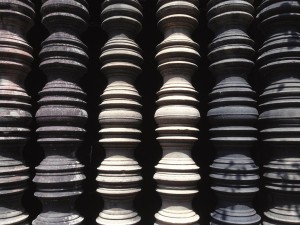 |
| These spindles are actually stone but were made on a lathe just like wooden ones would have been. |
I have tons more photos from here, but want to post now while I have a little time between adventures and explorations. I will try to add more commentary as well as imagery as soon as I can. I hope these give you some sense of the the place. When you get away from the tourists and go deeper into the complex, it starts to feel more alive and you can feel the energies and voices from the past. It’s not hard to see it as a living, breathing place in those circumstances.


